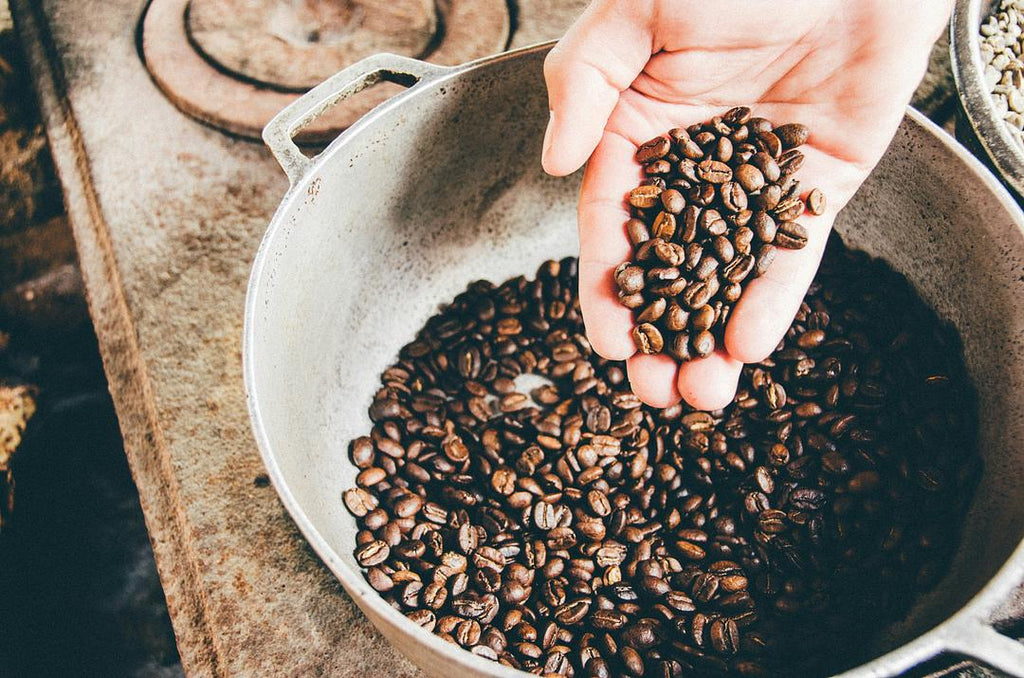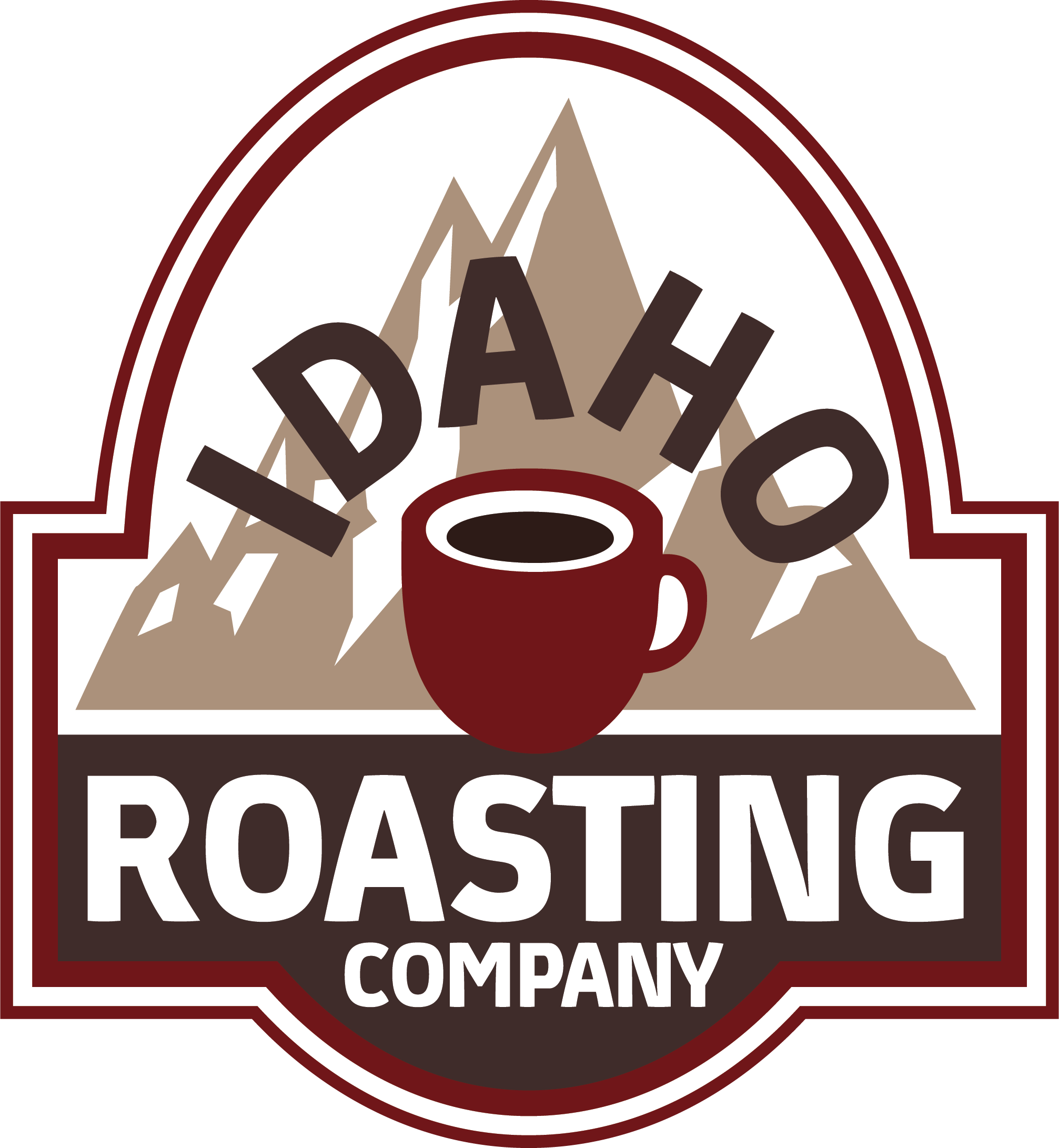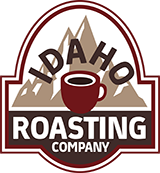
Your Guide to Artisan Coffee Preparation: Tools and Techniques for Quality Brews

Crafting the perfect cup of coffee is an art that begins with understanding the origins of your beans. Each coffee-growing region imparts distinct characteristics to the beans, influencing the ideal brewing methods and tools to bring out their unique flavors.
By exploring the impact of origins on brewing techniques, you can elevate your coffee experience and appreciate the nuances of each sip. Mastering the art of origin-specific brewing allows you to unlock the full potential of your favorite beans, whether you're a passionate home brewer or a seasoned professional.
In this guide, we'll dive into the fascinating world of artisan coffee preparation, providing you with the knowledge and tools to create exceptional brews tailored to your coffee's origins. Get ready to embark on a flavorful journey that will transform the way you approach your daily cup.
What is the Impact of Origins on Brewing Tools?
The origin of coffee beans plays a crucial role in determining the ideal brewing equipment for achieving the perfect cup. Each coffee-growing region—from the lush hills of Ethiopia to the misty mountains of Colombia—boasts unique characteristics that influence the choice of brewing tools.
Grind Size and Brewing Temperature
The distinct flavor profiles of different origins necessitate adjustments in grind size and brewing temperature. For example, beans from Africa often exhibit bright, fruity notes that shine when brewed with a pour-over method using a medium-fine grind and higher water temperature. On the other hand, beans from Indonesia, known for their earthy and full-bodied character, may benefit from a French press or cold brew method with a coarser grind and lower temperature.
Brewing Methods and Equipment
To highlight the unique qualities of each origin, it's essential to select brewing methods and equipment that complement their flavor profiles. A pour-over setup, such as the Hario V60 or Chemex, allows for precise control over variables like water flow and extraction time, making it ideal for showcasing the delicate nuances of light-roasted, single-origin beans. Immersion methods, like the French press or AeroPress, excel at extracting the rich, complex flavors of medium to dark-roasted beans from regions like Brazil or Sumatra.
By understanding the impact of origins on brewing tools, you can curate a collection of equipment that enables you to explore the diverse flavor spectrum of artisan coffees. Investing in high-quality, origin-specific brewing tools—such as a gooseneck kettle for precise pouring or a burr grinder for consistent particle size—empowers you to craft brews that pay homage to the unique terroir of each coffee-growing region.
How to Choose Brewing Tools Based on Coffee Origins
Grasping the unique attributes of your coffee's origin is key to choosing the right brewing tools. Each growing region offers beans with distinct features—ranging from the sparkling acidity of Kenyan varieties to the deep, mellow body of Indonesian ones. This diversity dictates that your brewing equipment should be tailored to accentuate these specific characteristics for an exceptional cup.
Unveiling Flavor Characteristics
Start by evaluating the acidity, texture, and aroma of your coffee. For high-acidity coffees, such as those from Central America, opt for a brewing method that brings out their vibrant and crisp qualities. A method like pour-over, utilizing a precise water flow, can amplify these attributes, ensuring the coffee's lively personality is fully realized. In contrast, coffees with a richer body, like those from Java, benefit from methods that enhance their smoothness and depth.
Choosing the Right Equipment
After identifying the coffee's flavor traits, select tools that align with these features. For tart and lively coffees, a pour-over approach works well. Tools like the Hario V60 or a classic cone dripper allow for precise control over the brewing process, enhancing the clarity and subtlety of high-acid coffees. For fuller-bodied brews, consider using a siphon or percolator, which can draw out the richness and complexity inherent in these beans.
Refining Your Brewing Techniques
To further elevate your coffee experience, tweak aspects like grind size and extraction time. A finer grind can heighten the berry-like notes of South American coffees, while a coarser grind may better suit the nutty undertones of Southeast Asian varieties. Similarly, adjusting the brewing duration can refine the extraction process, ensuring that the coffee’s distinctive flavors are fully captured. By experimenting with these variables, you can create a custom coffee experience that honors the singular qualities of each origin.
Step 1: Identify Your Coffee's Origin Profile
Recognizing the unique attributes of your coffee's source serves as the starting point for selecting the ideal brewing technique. Each coffee-growing area imparts its own signature traits—understanding these nuances enables you to tailor your brewing process to highlight the coffee's distinctive characteristics.
Regional Flavor Profiles
East African Coffees: Known for their vibrant acidity and complex fruit notes, East African beans deliver a lively and aromatic cup. Their dynamic profiles are well-suited to brewing methods that emphasize clarity and brightness.
South American Varieties: Coffees from South America often offer a harmonious balance of acidity and sweetness, with hints of nutty undertones. These beans are versatile and can adapt to various brewing styles, allowing you to either amplify their acidity or their comforting sweetness.
Southeast Asian Beans: These coffees, particularly from regions like Sumatra, are celebrated for their robust body and earthy flavors. Immersion methods that extract depth and richness can enhance the multi-layered taste experience they offer.
Matching Brewing Methods
After determining the flavor attributes, it's crucial to select a brewing method that complements these characteristics. For coffees with a pronounced acidity, utilizing a pour-over setup such as a Kalita Wave can enhance their clarity and brightness, ensuring a clean and nuanced flavor. In contrast, full-bodied coffees with earthy tones may thrive with a French press or siphon, which can draw out their richness and complexity.
By aligning your brewing tools with the coffee's origin profile, you create a tailored coffee experience that celebrates the unique terroir of each region. This approach not only enhances the coffee's natural flavors but also allows for a more personalized and satisfying brewing process.
Step 2: Select the Right Brewing Tool
Selecting the appropriate brewing tool is essential to bringing out the best in your coffee's unique origin profile. Different brewing methods can highlight or subdue various flavor notes, making the choice of equipment a critical step in the coffee-making process. Understanding the interaction between your coffee's inherent qualities and the brewing method can transform a good cup into an extraordinary one.
Pour-Over for Bright and Acidic Coffees
For coffees with lively acidity and complex fruit profiles, consider a pour-over method that accentuates these vibrant characteristics. The Kalita Wave, with its flat-bottom design and precise water distribution, ensures a consistent extraction that enhances clarity and brightness. This method is ideal for showcasing the floral and citrus notes often found in beans from regions like Ethiopia, offering a crisp and clean flavor experience.
Immersion Methods for Heavier-Bodied Coffees
Coffees with a robust body and rich flavors thrive under immersion methods that draw out their depth. The siphon brewer, known for its theatrical presentation and balanced extraction, effectively highlights the multi-layered flavors of Indonesian beans. By controlling the brewing environment, the siphon maintains the coffee's complexity and smoothness, delivering a brew that is both full-bodied and nuanced.
Balancing Flavor with Brewing Tools
Achieving the right balance of flavors requires careful selection of brewing tools tailored to your coffee's profile. The Clever Dripper combines immersion and filtration, allowing for a balanced extraction that captures both clarity and body. This hybrid method is well-suited for beans with a harmonious flavor profile, ensuring that each sip offers a well-rounded and satisfying experience.
Step 3: Adjust Grind Size and Brewing Time
Optimizing grind size and brewing time is essential for revealing the depth of your coffee's origin. These elements significantly impact the extraction process, ensuring a well-rounded cup. By customizing these variables to suit your brewing method, you can craft a coffee experience that truly reflects the coffee's unique origin.
Precision in Grind Size
The grind size determines the speed and efficiency of flavor extraction, affecting the coffee's body and clarity. For espresso, utilizing a fine grind increases the interaction between water and coffee, bringing out the intricate, berry-like qualities typical of East African beans. This approach allows the coffee's lively acidity and vibrant flavors to manifest fully in each shot.
On the other hand, a medium-coarse grind is ideal for full immersion techniques. This grind size complements methods like the siphon, which require a longer steeping period to extract the substantial, layered flavors of Southeast Asian coffees. The result is a rich and intense brew that highlights the coffee's inherent complexity.
Brewing Time for Flavor Balance
Brewing time is pivotal in achieving the right balance of flavors, modulating the coffee's acidity, sweetness, and bitterness. In pour-over setups, precise control over timing enhances the clean extraction of light-roasted beans, preserving their delicate floral and citrus notes. This careful management ensures that the coffee's unique attributes are not overshadowed.
For methods involving longer contact with water, such as the siphon, extended brewing times unlock the full potential of the coffee's flavor profile. This approach allows a comprehensive extraction, particularly beneficial for beans with a bold character, resulting in a brew that is both profound and harmonious. By fine-tuning the brewing duration, you can tailor the balance to express the coffee's origin authentically, delivering a cup that is as distinctive as the region it hails from.
Tips for Enhancing Your Brewing Experience
To truly elevate your coffee brewing journey, embrace the spirit of exploration and refinement. The art of coffee making thrives on curiosity and the willingness to try new approaches. Start by exploring a variety of artisan brewing devices that match the unique profiles of your favorite coffee origins.
Experimentation with Equipment
Diversify Your Brewing Arsenal: Incorporate a range of brewing methods—from the intricate AeroPress to the robust moka pot—to discover how different techniques can transform the taste and texture of your coffee.
Precision is Key: Employ tools like adjustable grinders and digital thermometers to fine-tune your brewing parameters. These tools help you maintain consistency, allowing for precise adjustments that enhance each cup's distinct flavors.
Documenting and Analyzing
Creating a dedicated space for your brewing observations can turn your coffee practices into a rewarding exploration. By noting the variables of each brew—such as water-to-coffee ratio and extraction time—you can uncover trends and make informed tweaks for future brewing sessions.
- Record Your Findings: Keep detailed notes on your brewing experiments, capturing both the process and the tasting notes. This log will serve as a valuable resource, guiding you toward achieving the optimal balance of flavors in your brews.
By immersing yourself in the nuances of coffee preparation, you cultivate a deeper connection to your brewing practice. This journey will refine your palate and sharpen your skills, offering a richer appreciation for the craft of coffee making.
Common Mistakes to Avoid
Exploring artisan coffee brewing demands precision and adaptability to the specific characteristics of each coffee. One frequent error is applying a uniform brewing approach across all bean types. This practice can blur the distinct flavor profile that each coffee region inherently offers, resulting in a less dynamic and engaging taste experience.
Overlooking Regional Characteristics
Using a single brewing method across different coffees can prevent the full expression of a bean's unique attributes. Each coffee origin brings its own set of flavors and aromas—the subtleties of which are best highlighted by selecting the appropriate brewing technique. Adapting your brewing process to align with the specific qualities of your beans ensures a more vibrant and authentic coffee experience.
Misjudging Grind Size and Temperature Control
Neglecting to adjust grind size and water temperature according to the coffee's origin significantly affects the extraction quality. These elements play a pivotal role in achieving the desired balance of flavors. Failing to tailor these parameters can lead to a brew that falls short of capturing the full potential of the coffee's distinct profile. By focusing on these critical factors, you enhance the likelihood of producing a cup that truly reflects the essence of its origin.
By immersing yourself in the art of origin-specific brewing, you embark on a journey that celebrates the unique character of each coffee-growing region. We invite you to explore the transformative power of artisan coffee preparation, where every sip tells a story of terroir, craftsmanship, and passion. Join us at Idaho Roasting as we guide you through the tools and techniques that will elevate your coffee experience to new heights.
















